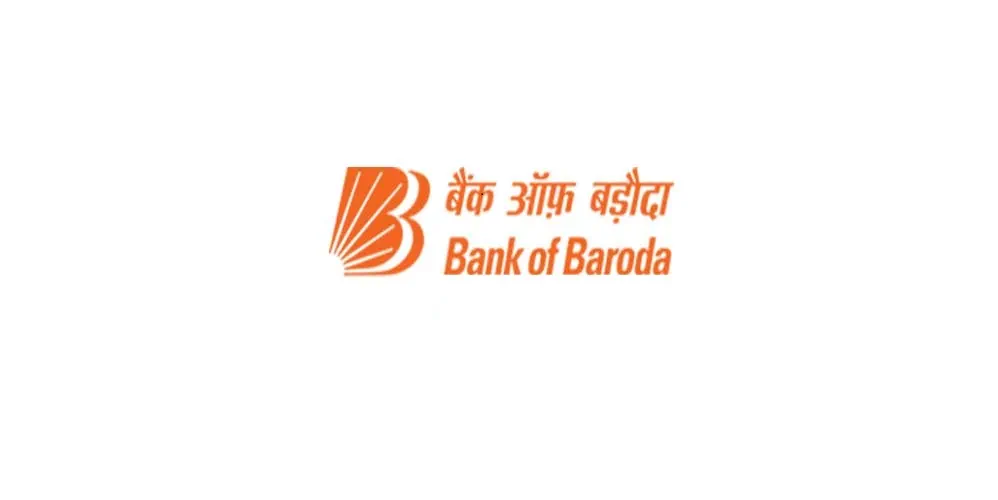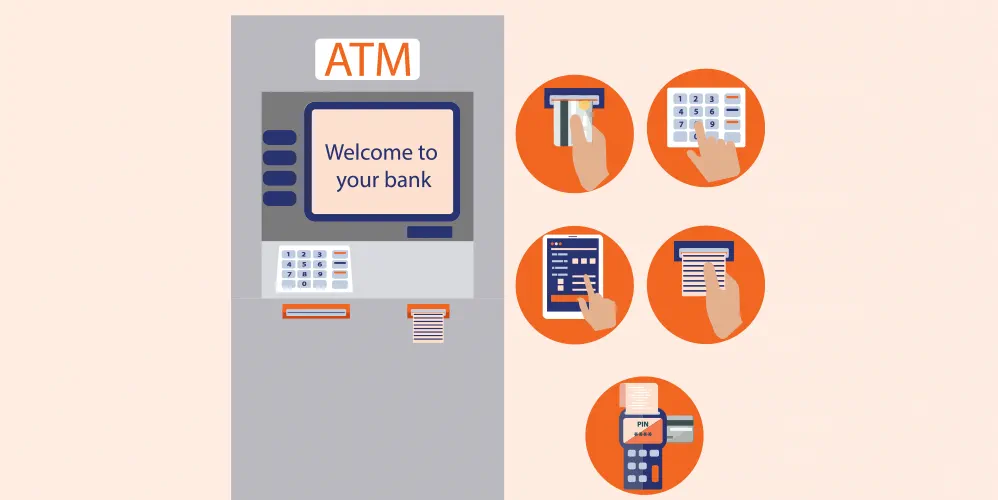
रेपो रेट की समझ: परिभाषा, महत्व, वर्तमान दरें और गृह ऋण पर प्रभाव
15 जनवरी 2024

Table of Content
In the complex world of finance, the repo rate, short for repurchase rate, emerges as a pivotal player in maintaining economic stability. This powerful tool resides within the arsenal of central banks, allowing them to regulate the financial system's liquidity and influence the broader economic landscape. With the help of this blog, let's embark on a journey to understand the intricacies of the repo rate, delving into its definition, functioning, and its profound impact on various stakeholders.
What is Repo Rate?
Repo rate, also known as repurchase agreement or repurchasing option, refers to the interest rate at which commercial banks borrow money from the central bank, pledging government securities as collateral. The term "repo" is derived from "repurchase agreement," reflecting the contractual nature of the transaction. The process involves a short-term loan where the borrower (usually a commercial bank) sells securities to the lender (the central bank) with an agreement to repurchase them at a specified future date, often the next day, at a slightly higher price. In this case, “repo rate” is the interest rate at which the Reserve Bank of India loans money to the commercial banks in India.
How does Repo Rate work?
Just like you pay interest when you borrow money from a bank, banks themselves also incur interest charges when they borrow funds from the central bank, like the Reserve Bank of India (RBI). This interest rate levied by the central bank on loans to commercial banks is known as the repo rate. This helps restrict the flow of money in the market. When the market is hit with inflation, the repo rate is increased by the Reserve Bank of India (RBI).
Also Read: What is Intraday Trading? A Beginner's Guide to Day Trading Stocks
Why is Repo Rate important?
The repo rate is a critical tool used by central banks to manage the economy and maintain financial stability. It's the interest rate at which banks borrow funds from the central bank, acting as a benchmark for other interest rates throughout the economy. Now that we have understood the meaning of repo rate and how it works, let us take a look at its importance:
Controlling Inflation :
By adjusting the repo rate, central banks can influence the cost of credit and aggregate demand. Higher repo rates discourage borrowing and spending, which helps to control inflation. Conversely, lower repo rates stimulate borrowing and spending, potentially leading to higher inflation.
Promoting Economic Growth :
When the economy slows down, central banks can lower the repo rate to make borrowing cheaper and encourage investment and spending. This can help to stimulate economic growth.
Maintaining Financial Stability :
A high repo rate can discourage excessive risk-taking by banks and other financial institutions, contributing to financial stability.
What is the Current Repo Rate?
In a significant move, the Monetary Policy Committee (MPC) announced a 0.25% increase in the repo rate on February 8, 2023. This brings the new repo rate to 6.50%. This decision was made in light of the prevailing economic conditions, with a focus on managing inflation and ensuring financial stability.
The repo rate was previously increased on December 7, 2022, during which it was 6.25%.
The Effect of Repo Rate on Home Loans
Here's how the repo rate directly affects home loans :
Interest Rate :
The repo rate acts as a benchmark for lending rates across the financial system. When the repo rate rises, banks raise their interest rates, including those for home loans. This translates to higher monthly installments (EMIs) for borrowers, making home loans more expensive.
EMI Amount :
As interest rates rise, the EMI amount on your home loan increases. This means you'll need to allocate a larger portion of your income towards repaying your loan, potentially impacting your disposable income.
Loan Eligibility :
A higher repo rate can affect your loan eligibility as banks become more cautious about lending due to increased risk. This may lead to stricter eligibility criteria and lower loan amounts being offered.
Also Read: Home Loan Eligibility - Guide for Beginners
Repo Rate as a monetary tool for RBI
The repo rate is announced by RBI based on the current economic climate, particularly in response to inflation or recession. In simpler terms, the central bank uses the repo rate as a tool to manage the cost of borrowing in the economy, aiming to either curb inflation by raising rates or stimulate growth by lowering them.
What is Reverse Repo Rate?
Reverse repo rate is the rate at which the central bank, the RBI in our case, borrows money from the commercial banks when there is excess liquidity in the market. This aims to absorb the liquidity in the market, which helps restrict the borrowing power of the investors. When faced with high levels of inflation, the RBI increases the reverse repo rate, thus encouraging banks to park more funds with the RBI.
In conclusion, the repo rate wields immense power in the hands of central banks. By influencing borrowing costs, liquidity, and economic activity, the repo rate acts as a linchpin in monetary policy. Understanding its nuances becomes crucial for navigating the ever-evolving global financial landscape.
Popular Articles
What is Tenure in a Personal Loan and How to Choose the Loan Tenure Smartly?
Related Articles



What is CVV on a Debit Card? Understanding Its Importance and Security Features


How to Update Your FASTag KYC: Step-by-Step Guide for Online & Offline Methods




The Importance of Pension Funds: Secure Your Future with Steady Retirement Income

-
डिस्क्लेमर
इस लेख/इन्फोग्राफिक/चित्र/वीडियो की सामग्री का उद्देश्य केवल सूचना से है और जरूरी नहीं कि यह बैंक ऑफ बड़ौदा के विचारों को प्रतिबिंबित करे। सामग्री प्रकृति में सामान्य हैं और यह केवल सूचना मात्र है। यह आपकी विशेष परिस्थितियों में विशिष्ट सलाह का विकल्प नहीं होगा । बैंक ऑफ बड़ौदा और/या इसके सहयोगी और इसकी सहायक कंपनियां सटीकता के संबंध में कोई प्रतिनिधित्व नहीं करती हैं; यहां निहित या अन्यथा प्रदान की गई किसी भी जानकारी की पूर्णता या विश्वसनीयता और इसके द्वारा उसी के संबंध में किसी भी दायित्व को अस्वीकार करें। जानकारी अद्यतन, पूर्णता, संशोधन, सत्यापन और संशोधन के अधीन है और यह भौतिक रूप से बदल सकती है। इसकी सूचना किसी भी क्षेत्राधिकार में किसी भी व्यक्ति द्वारा वितरण या उपयोग के लिए अभिप्रेत नहीं है, जहां ऐसा वितरण या उपयोग कानून या विनियमन के विपरीत होगा या बैंक ऑफ बड़ौदा या उसके सहयोगियों को किसी भी लाइसेंसिंग या पंजीकरण आवश्यकताओं के अधीन करेगा । उल्लिखित सामग्री और सूचना के आधार पर किसी भी वित्तीय निर्णय लेने के लिए पाठक द्वारा किए गए किसी भी प्रत्यक्ष/अप्रत्यक्ष नुकसान या देयता के लिए बैंक ऑफ बड़ौदा जिम्मेदार नहीं होगा । कोई भी वित्तीय निर्णय लेने से पहले अपने वित्तीय सलाहकार से सलाह जरूर लें।
इंट्राडे ट्रेडिंग क्या है? डे ट्रेडिंग स्टॉक संबंधी आरंभिक दिशानिर्देश
इंट्राडे शब्द का तात्पर्य "पूरे दिन से है "। जैसा कि इसके नाम से ही ज्ञात होता है, इंट्राडे ट्रेडिंग किसी दिन के स्टॉक की खरीद और बिक्री के संदर्भ में है । इसे डे ट्रेडिंग के रूप में भी जाना जाता है, इंट्राडे ट्रेडिंग का उद्देश्य अल्पकालिक मूल्य गतिविधियों को भुनाना व बाजार की अस्थिरता का लाभ उठाना है। इंट्राडे ट्रेडिंग, मूल्यों में होने वाले उतार-चढ़ाव को ध्यान में रखते हुए लाभार्जन करने के उद्देश्य से की जाती है । इंट्राडे गतिविधियों में शामिल व्यापारी आमतौर पर बाजार की आकस्मिकता का ध्यान रखते है, जिससे बाजार जोखिमों की संभावना कम हो जाती है। साथ ही , वे पूरे दिन ट्रेडिंग गतिविधियों से संबंधित समुचित निर्णय लेने हेतु उचित तकनीकी विश्लेषण, चार्ट और रियल-टाइम मार्केट डेटा पर भरोसा करते हैं। इंट्रा डे ट्रेडर मार्केट बंद होने पर अपनी सभी स्थितियों के निपटान की कोशिश करते हैं ।
ट्रेडिंग खातों की समझ :स्वरूप, विशेषताएं व लाभ
क्या आप गंभीरतापूर्वक निवेश करना चाहते है? तेजी से बदलते हुए वित्तीय परिदृश्य में स्टॉक मार्केट अथवा अन्य वित्तीय लिखतों में निवेश करना पैसे कमाने का काफी लोकप्रिय माध्यम हो गया है। वित्तीय बाजार की गतिशीलता में शेयर बाजार या अन्य वित्तीय साधनों में निवेश करना पैसे कमाने का लोकप्रिय साधन हो गया है। इस हेतु ट्रेडिंग खाता खोलने से काफी सहायता मिलती है । इन मार्केट्स में शामिल होने के लिए व्यक्ति आमतौर पर एक ट्रेडिंग खाते का उपयोग करता है। ट्रेडिंग खाता प्रतिभूतियों की खरीद व बिक्री के लिए आवश्यक होता है।यह निवेशकों को वित्तीय बाजारों में प्रतिभागिता करने के लिए एक प्लेटफॉर्म उपलब्ध कराता है । आइये, ट्रेडिंग खाते के बारे में विस्तृत जानकारी प्राप्त करें जिसमें इसकी विशेषताएं, स्वरूप व लाभ आदि शामिल हैं। इसके अंतर्गत ट्रेडिंग खाते की विशेषताएं, इनका स्वरूप और इनसे होने वाले लाभ आदि शामिल हैं।

